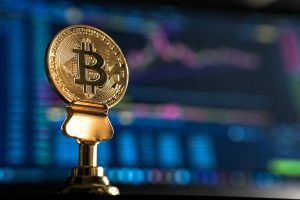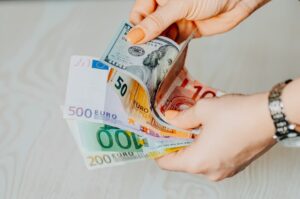The Future of Forex Trading: Robot Traders and Artificial Intelligence
Forex trading, the largest financial market in the world, has always been driven by human intelligence and decision-making. However, with the rapid advancement of technology, a new era has dawned upon the financial industry – the era of robot traders and artificial intelligence (AI). These automated systems are revolutionizing the way forex trading is conducted, promising increased efficiency, accuracy, and profitability. In this article, we will explore the future of forex trading, the impact of robot traders, and the role of AI in shaping the industry.
Robot traders, also known as expert advisors or EAs, are computer programs designed to automatically execute trades in the forex market. These EAs are built on predefined trading strategies and algorithms, which analyze market data, identify trading opportunities, and execute trades without any human intervention. This automation allows for faster and more precise trade execution, removing human emotions and biases from the equation.
The rise of robot traders can be attributed to advancements in technology, particularly in computing power and connectivity. With high-speed internet, traders can now access real-time market data and execute trades within milliseconds. Additionally, the availability of powerful computers and cloud computing has made it possible to process vast amounts of data and run complex algorithms in real-time.
One of the key advantages of robot traders is their ability to trade 24/7 without the need for breaks or sleep. Traditional human traders are limited by their physical and mental capacities, which can lead to missed trading opportunities. Robot traders, on the other hand, can tirelessly monitor the market, identify profitable setups, and execute trades even in the middle of the night. This round-the-clock trading capability can potentially enhance profitability and reduce the risk of missed opportunities.
Furthermore, robot traders are not susceptible to human emotions, such as fear and greed, which often cloud judgment and lead to irrational decision-making. These automated systems strictly follow predefined trading rules and algorithms, eliminating the emotional biases that can negatively impact trading performance. As a result, robot traders can maintain discipline and consistency in executing trades, leading to more reliable and predictable outcomes.
Artificial intelligence (AI) is another technological advancement that is transforming the forex trading landscape. AI refers to the ability of machines to learn from data, adapt to changing conditions, and make intelligent decisions. In the context of forex trading, AI algorithms can analyze vast amounts of historical and real-time market data to identify patterns, trends, and correlations that may not be apparent to human traders.
One area where AI is making significant strides is in predictive modeling and forecasting. By analyzing historical data, AI algorithms can identify recurring patterns and trends, enabling traders to make more informed predictions about future price movements. This predictive capability can give traders a competitive edge by anticipating market trends and taking advantage of profitable opportunities before they become widely recognized.
Another application of AI in forex trading is in risk management. AI algorithms can analyze market data and identify potential risks, such as sudden price fluctuations or market disruptions. By continuously monitoring market conditions and adapting to changing circumstances, AI systems can automatically adjust trading parameters, such as position sizes and stop-loss levels, to mitigate risks and protect capital.
Despite the numerous benefits of robot traders and AI, there are also challenges and risks that need to be considered. One of the main concerns is the reliance on historical data and past performance for decision-making. While AI algorithms can analyze vast amounts of data, they are still dependent on historical patterns and correlations. In rapidly changing market conditions or during unprecedented events, these historical patterns may not accurately reflect future market behavior.
Another challenge is the potential for over-optimization and curve-fitting. With access to powerful computing resources, traders can run countless simulations and backtests to find the best-performing strategies. However, this can lead to over-optimization, where the strategies are tailored too closely to historical data and may not perform well in real-time trading. It is crucial for traders to strike a balance between optimization and robustness to ensure the strategies are adaptable to changing market conditions.
In conclusion, the future of forex trading is undoubtedly being shaped by robot traders and artificial intelligence. These technologies offer the promise of increased efficiency, accuracy, and profitability in trading. Robot traders can execute trades 24/7, free from human emotions and biases, while AI algorithms can analyze vast amounts of data to identify patterns and make more informed predictions. However, it is important for traders to be aware of the challenges and risks associated with these technologies to ensure their effective and responsible use in the ever-evolving forex market.






